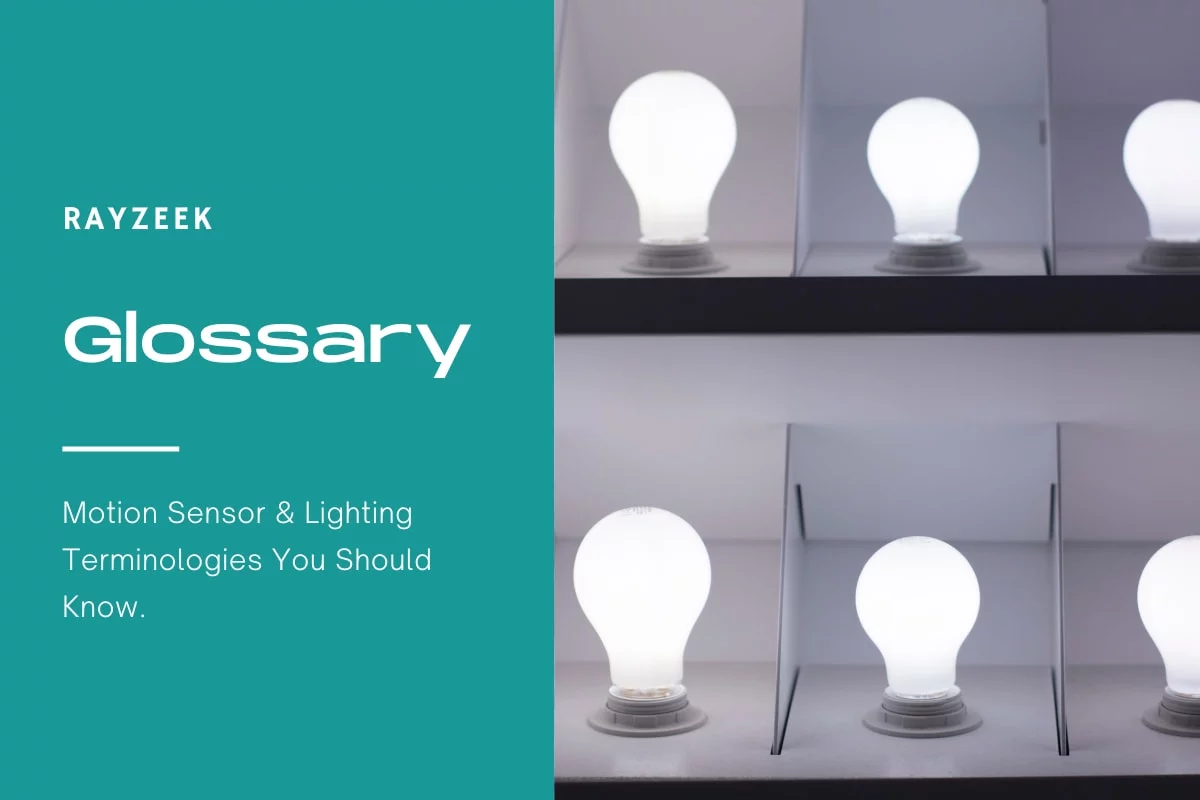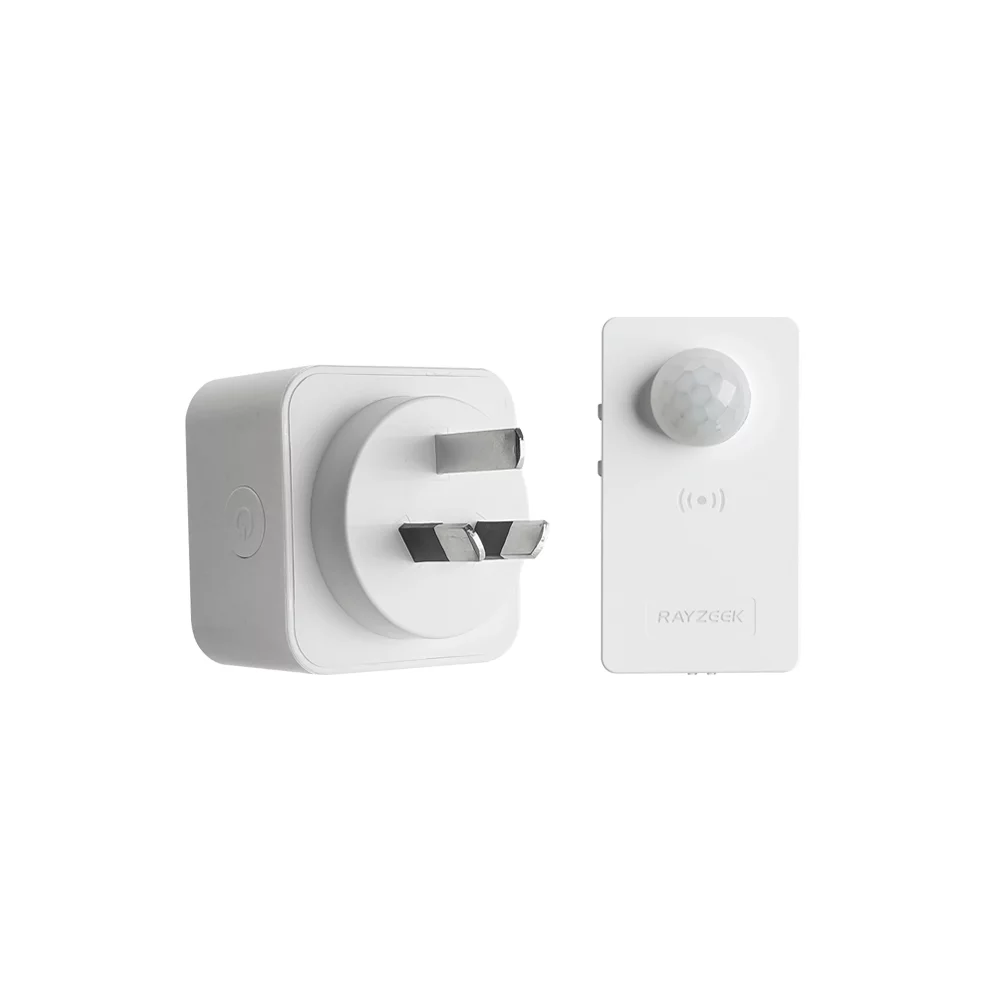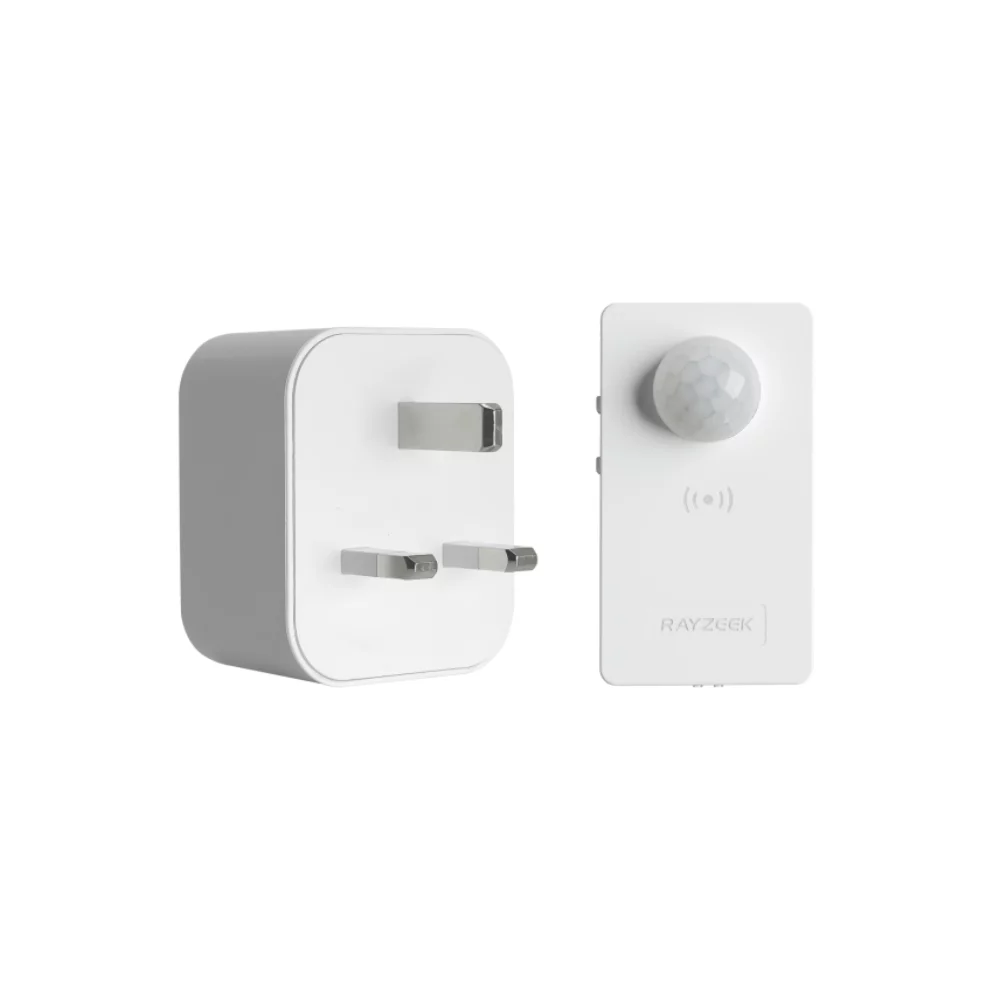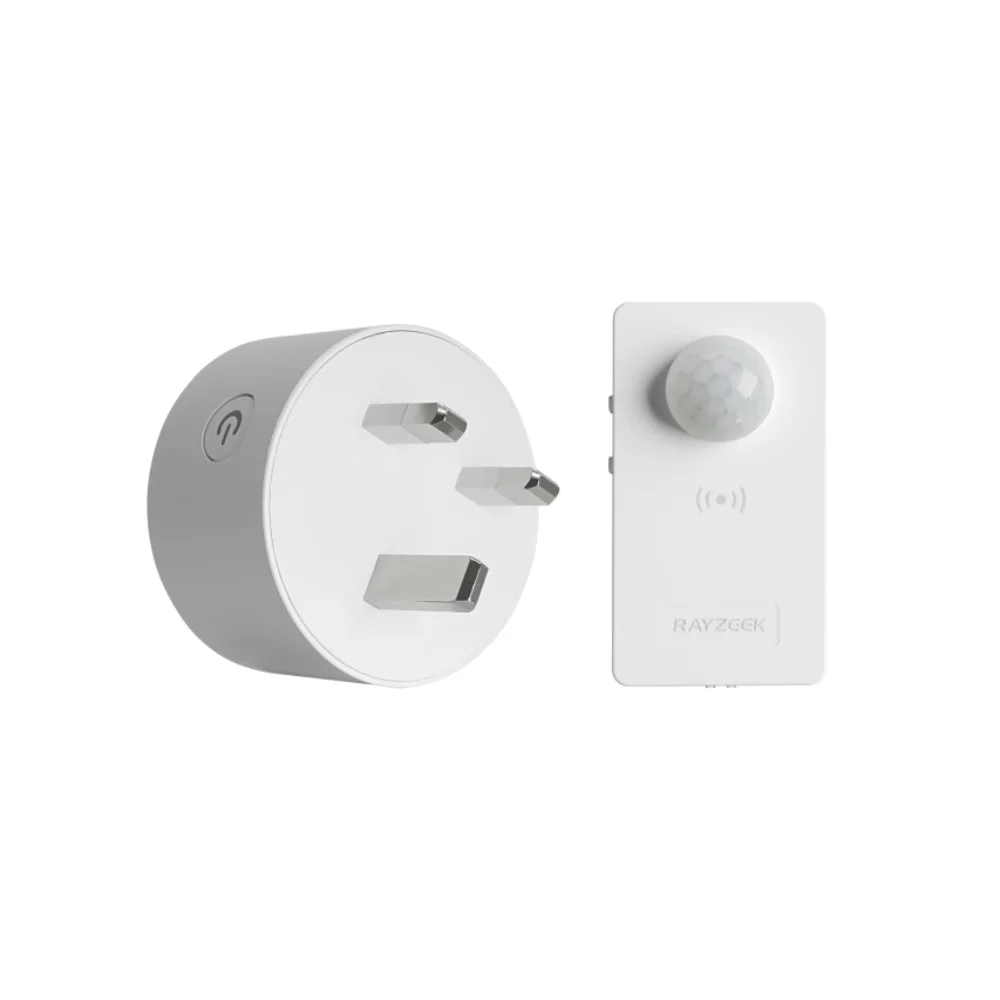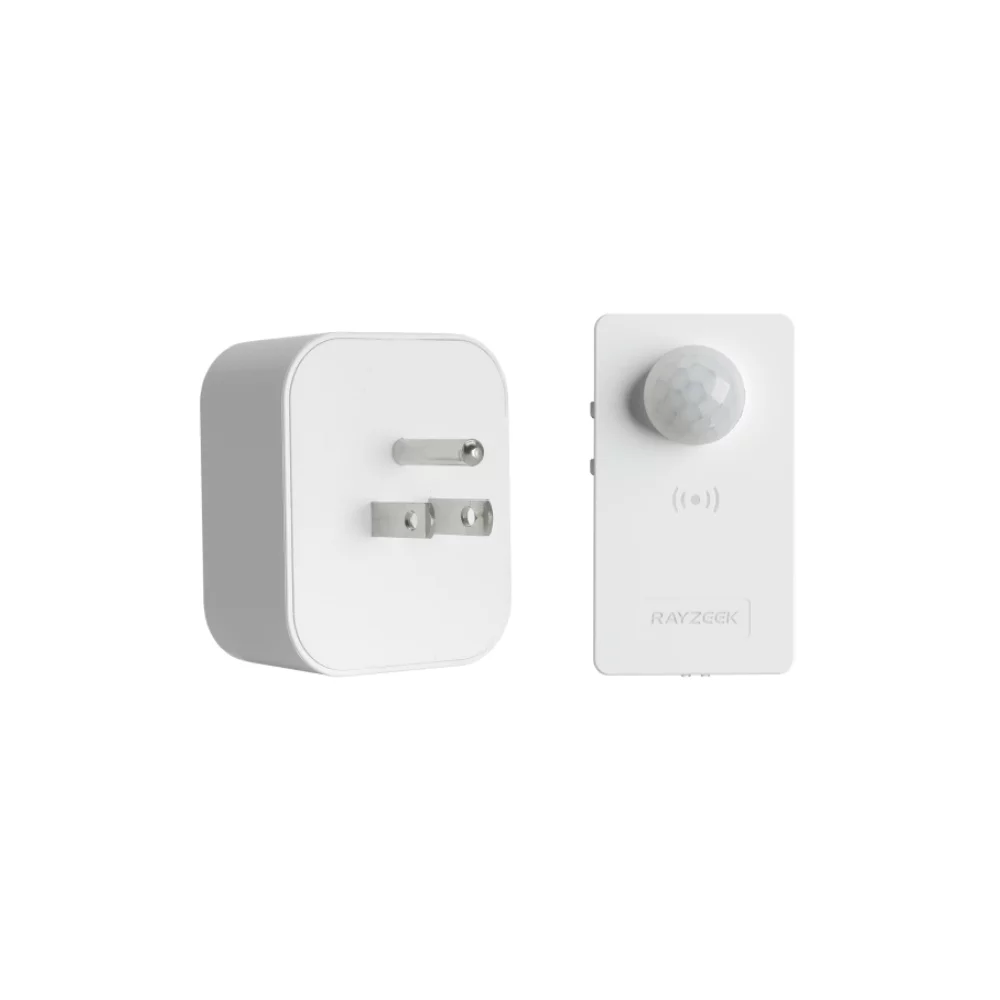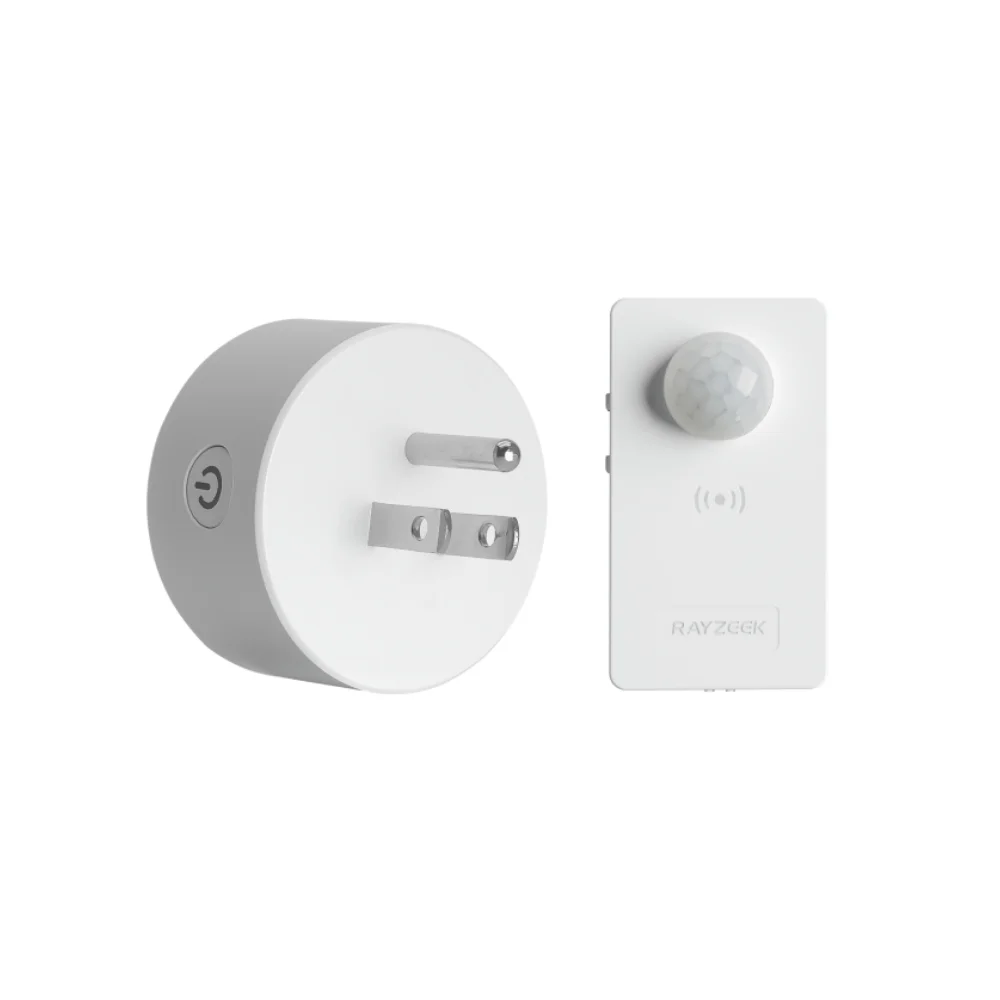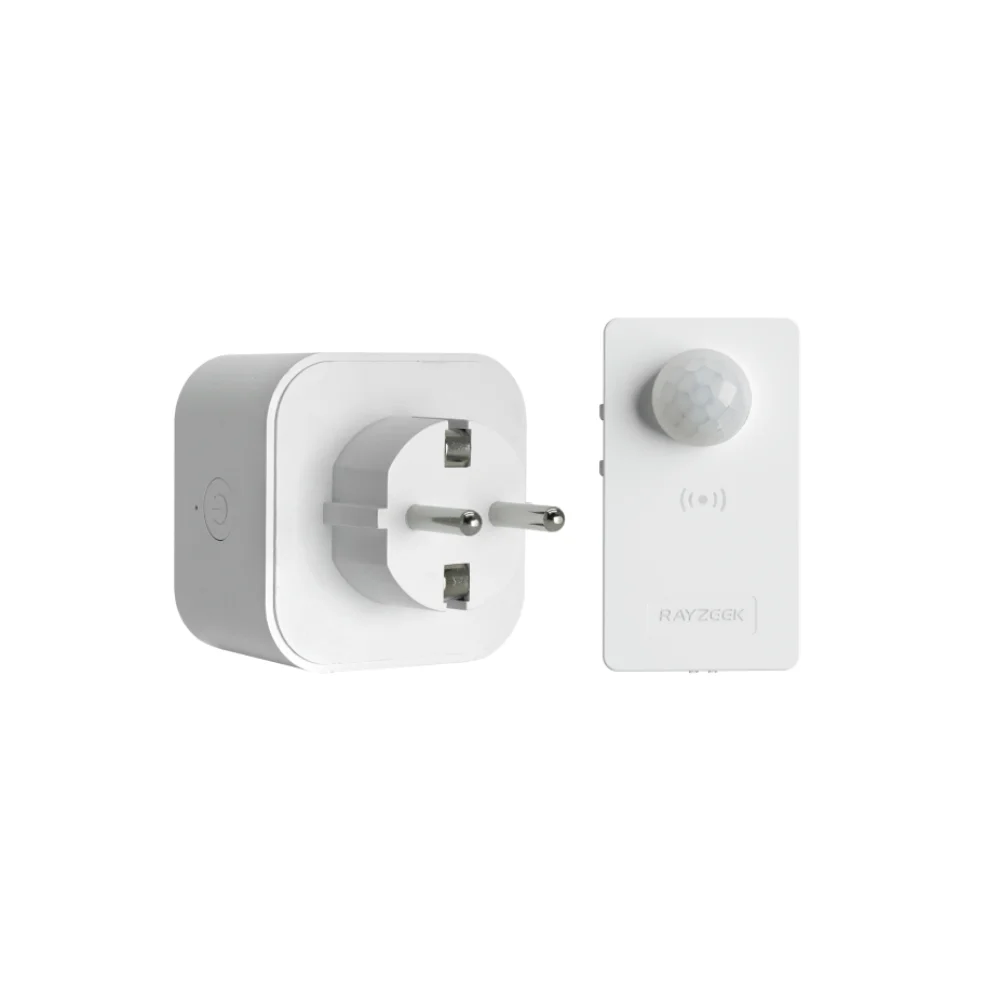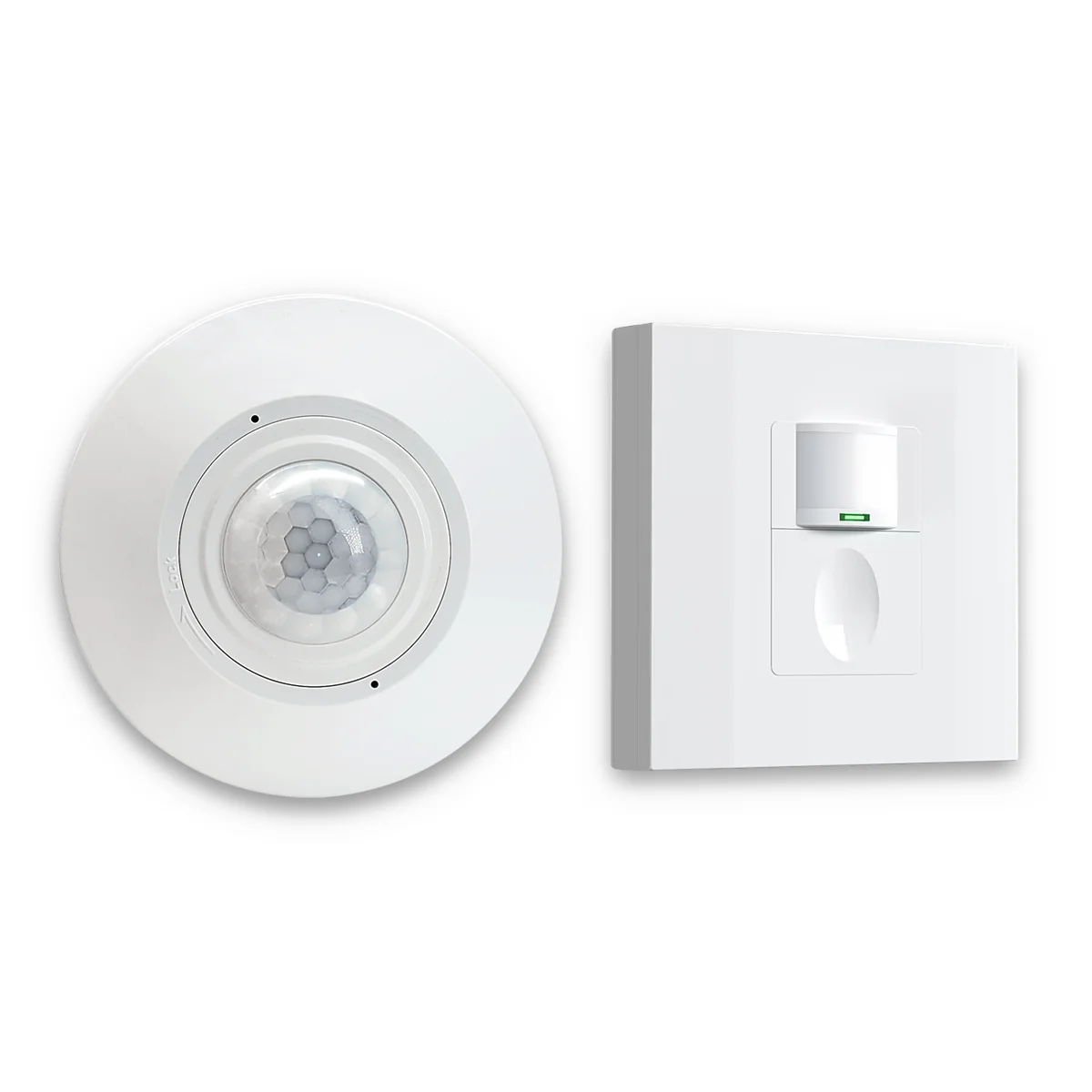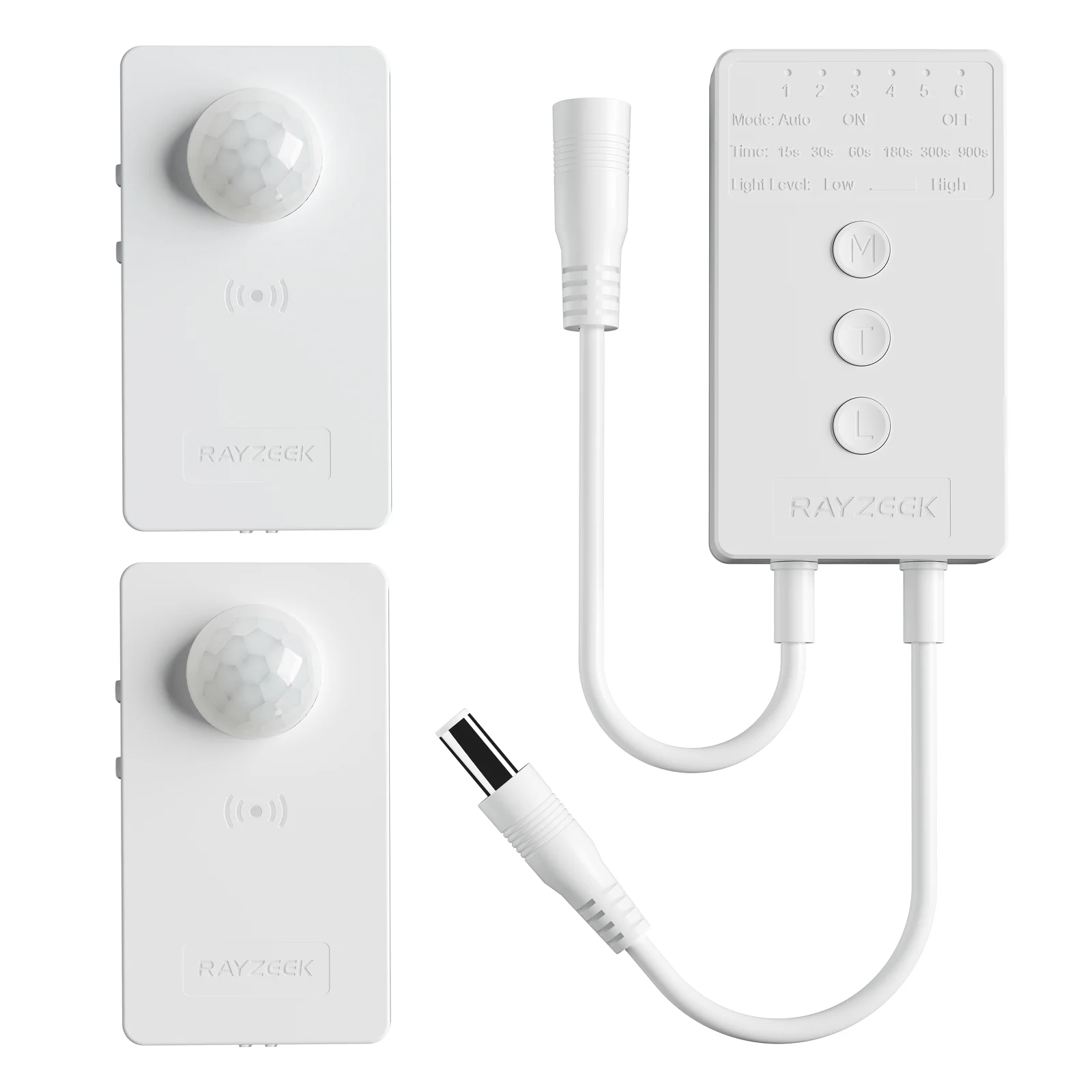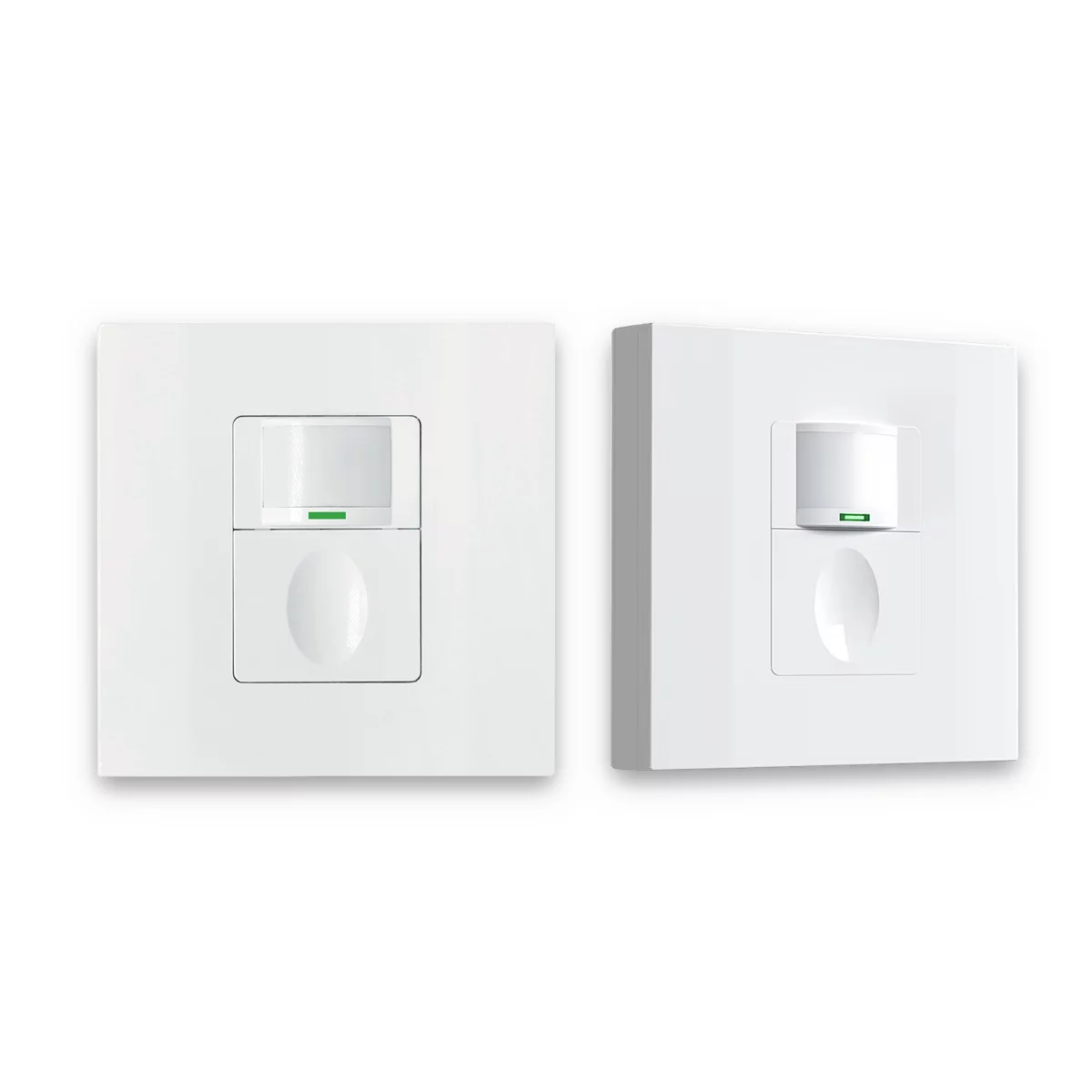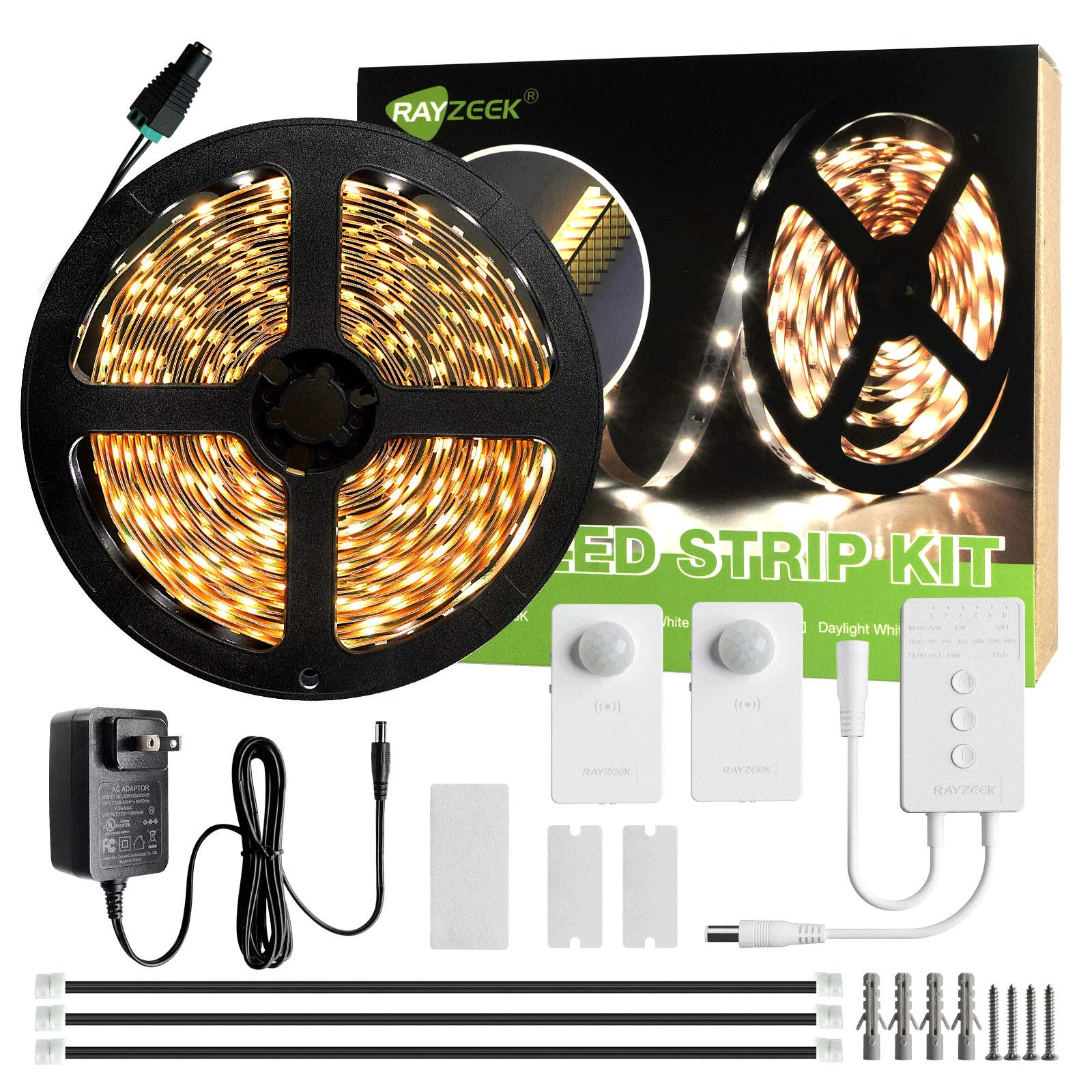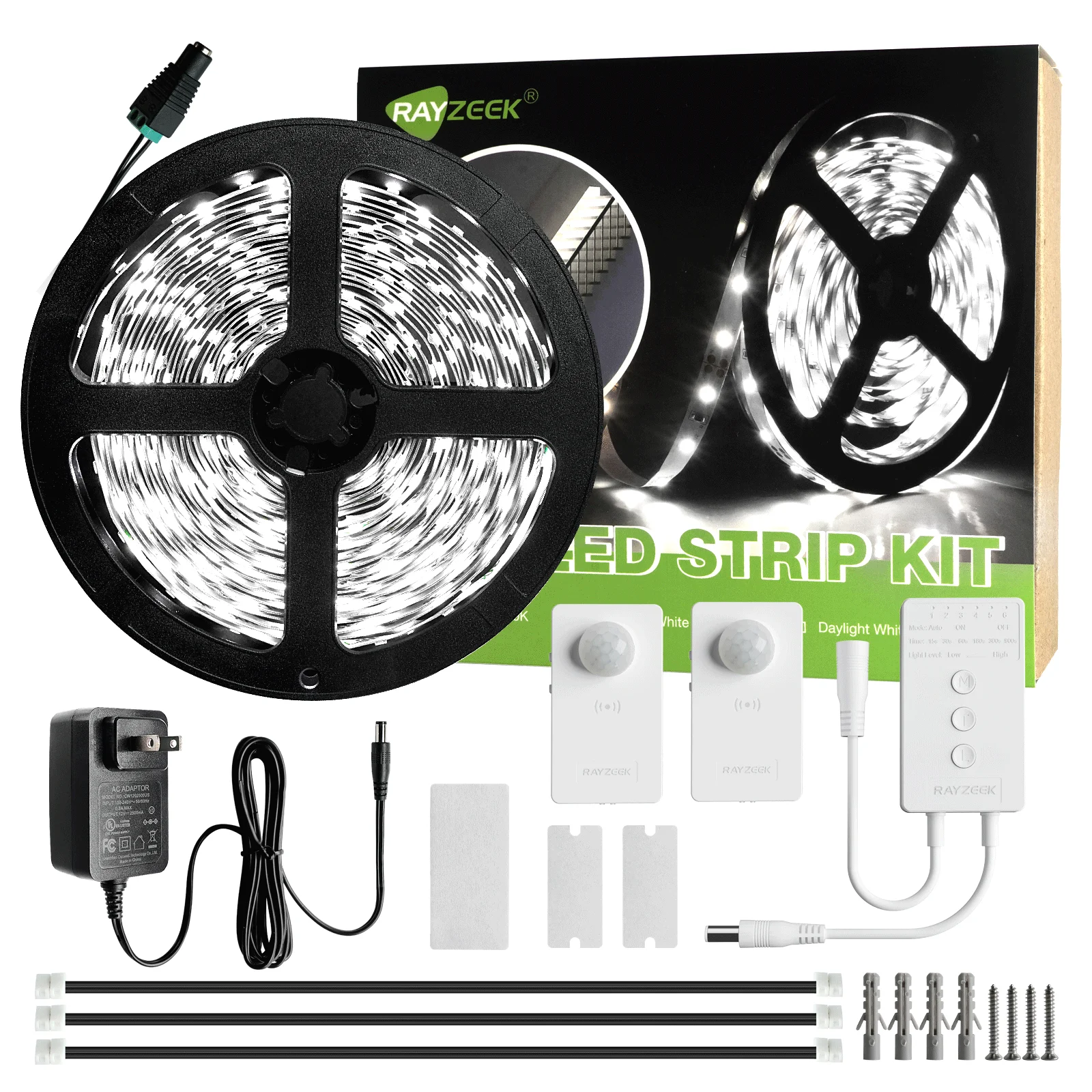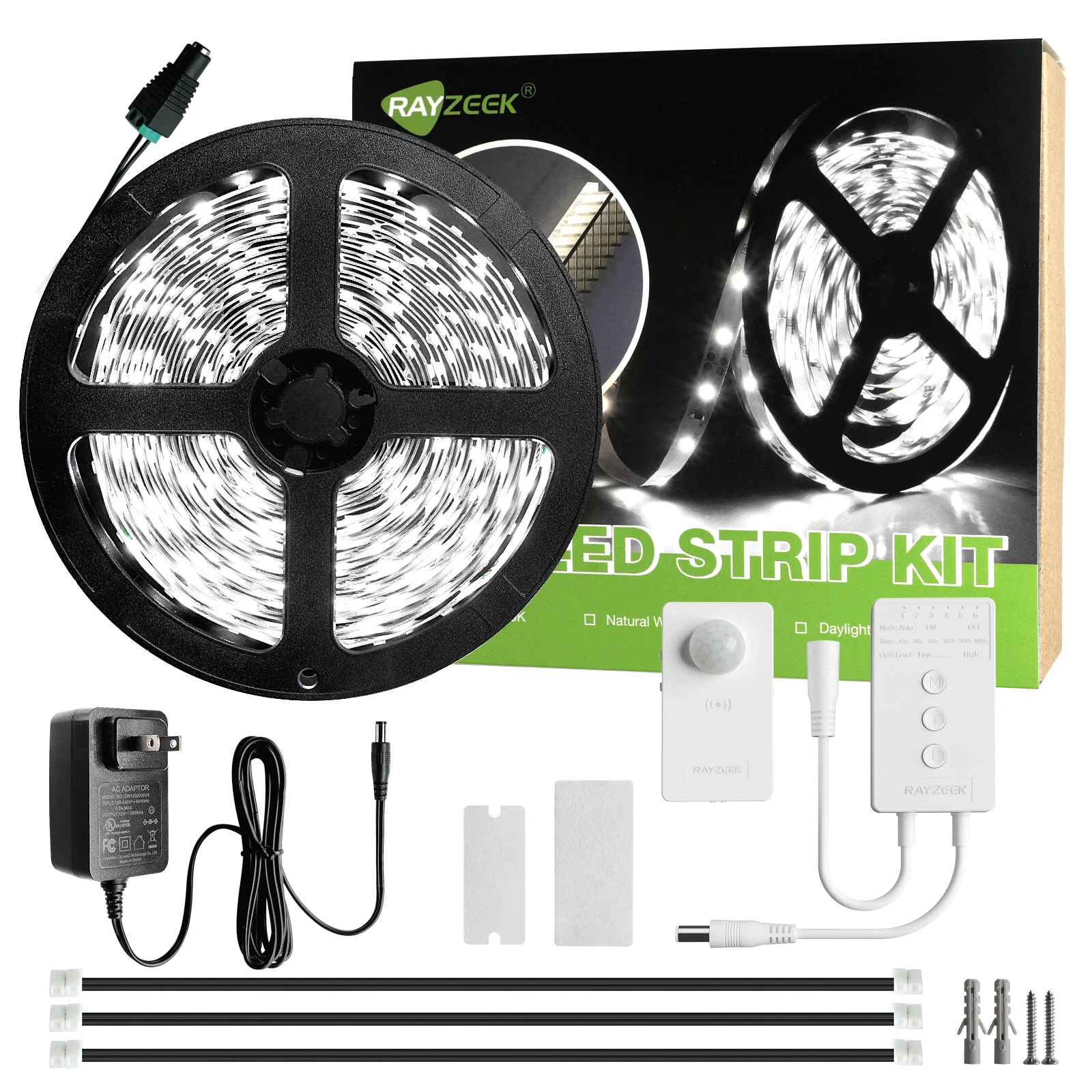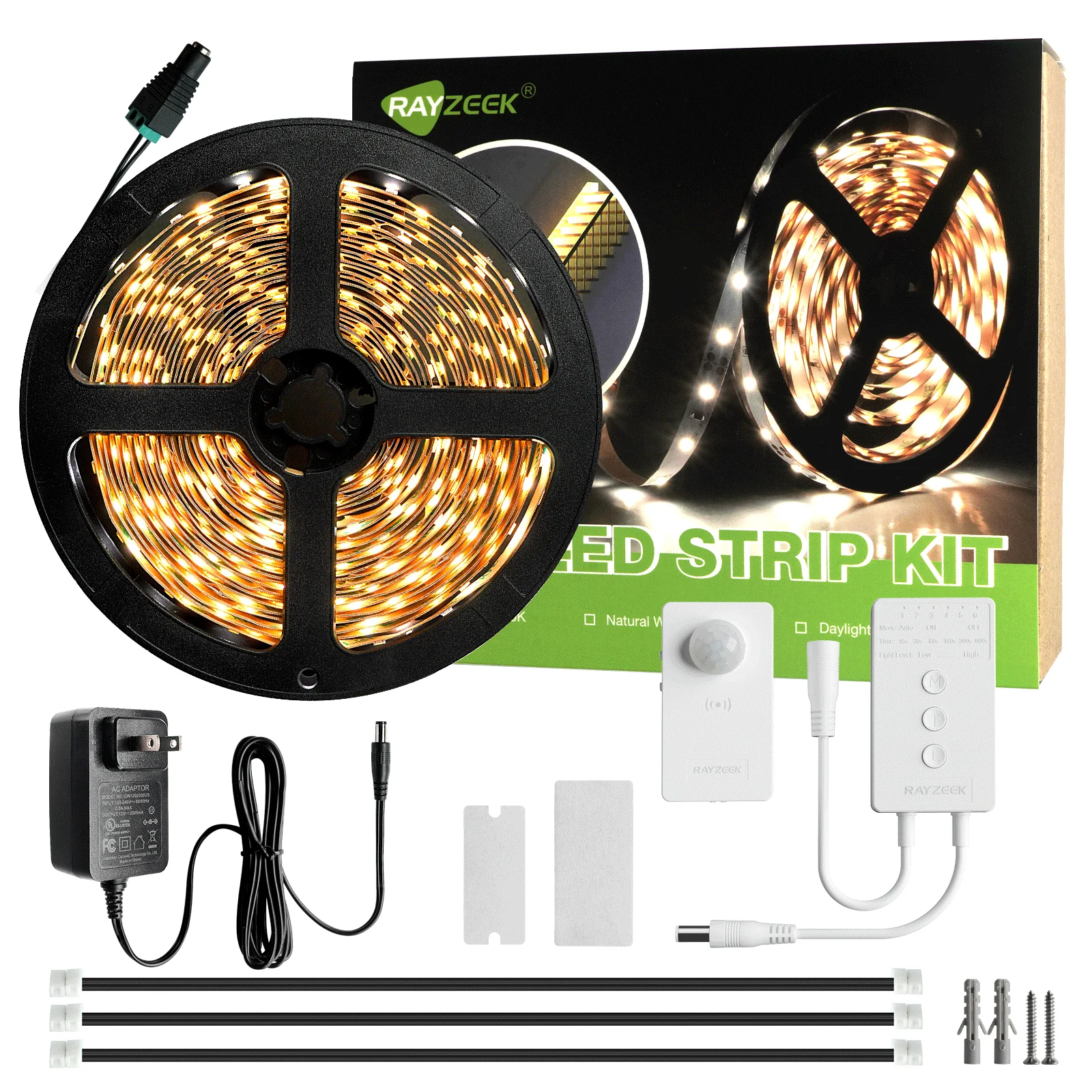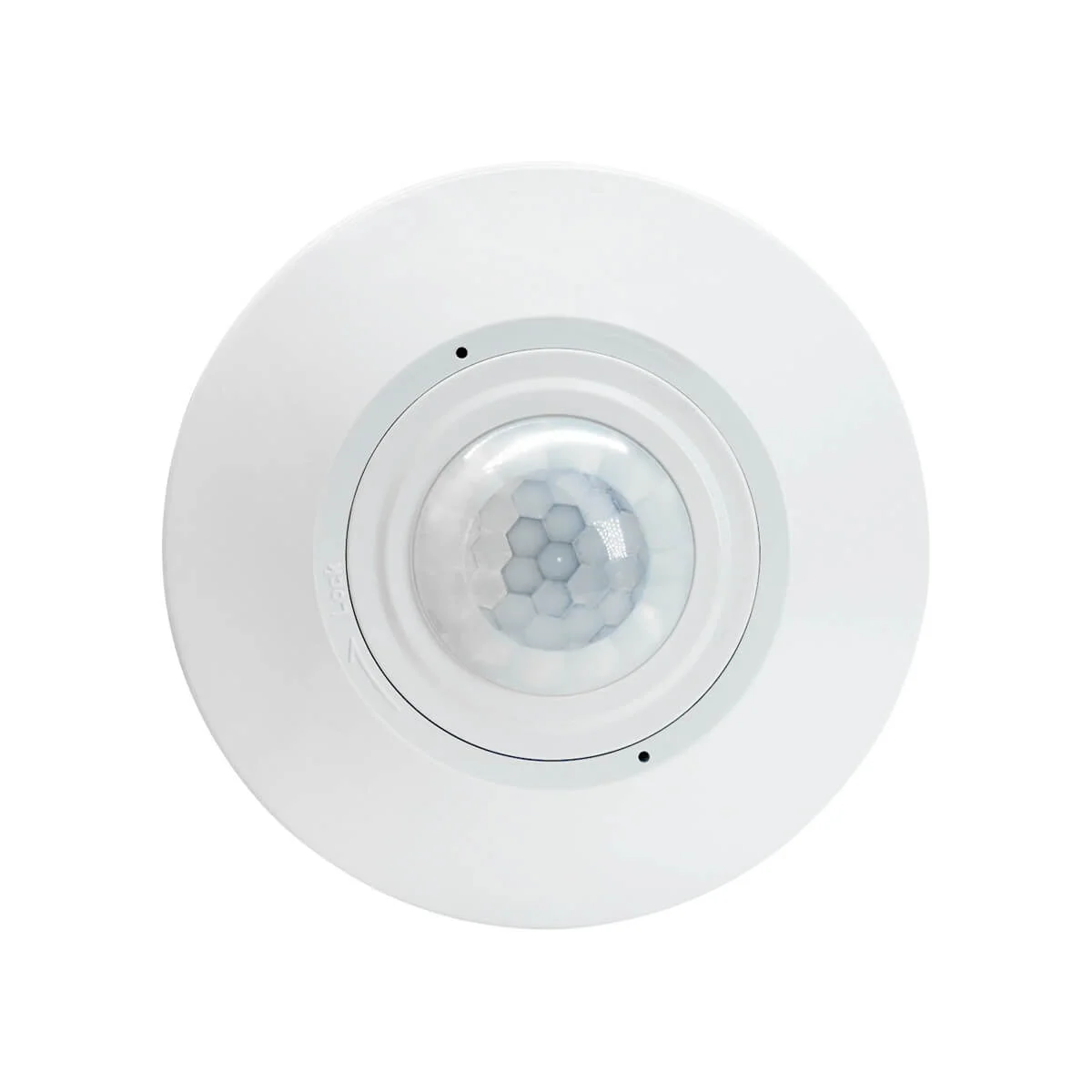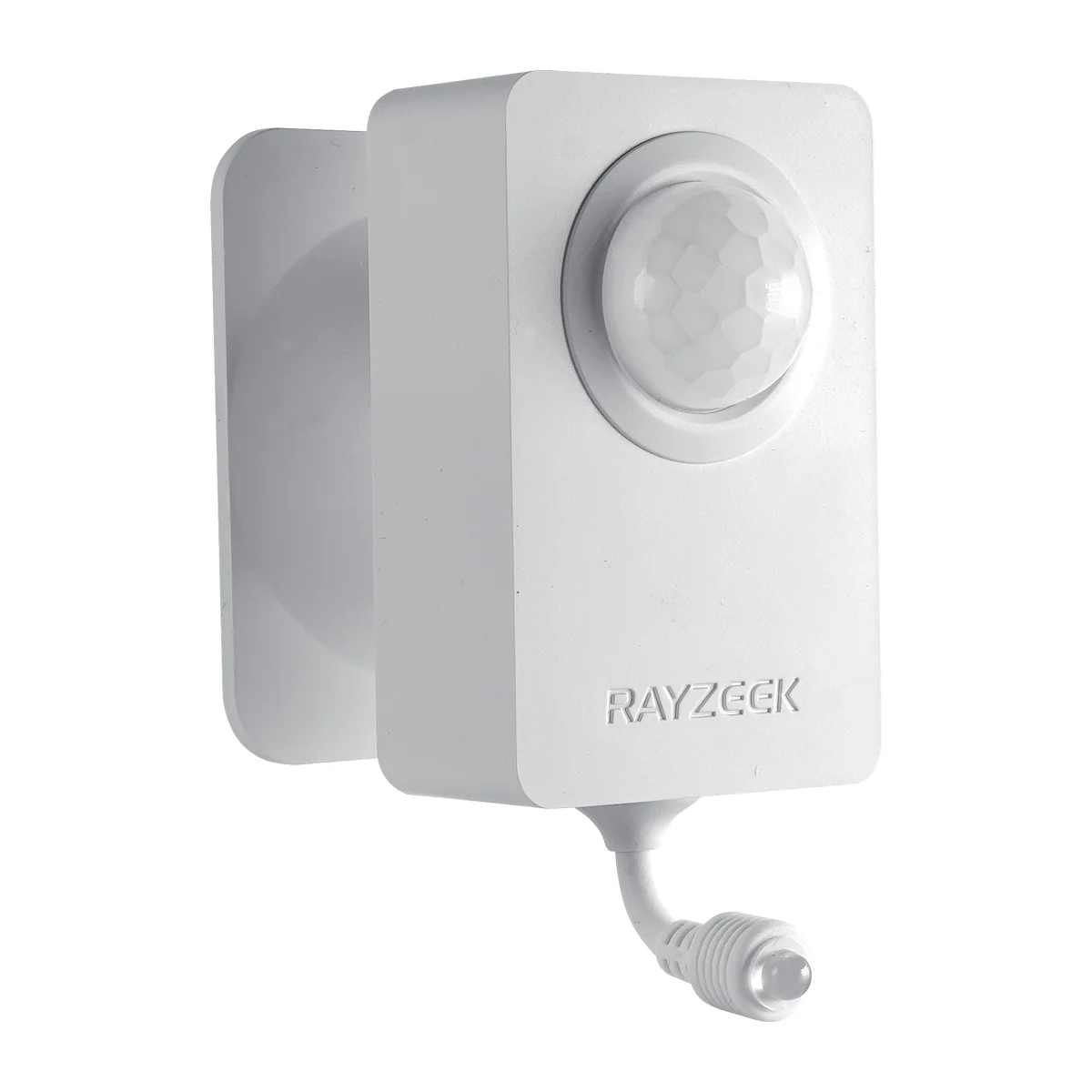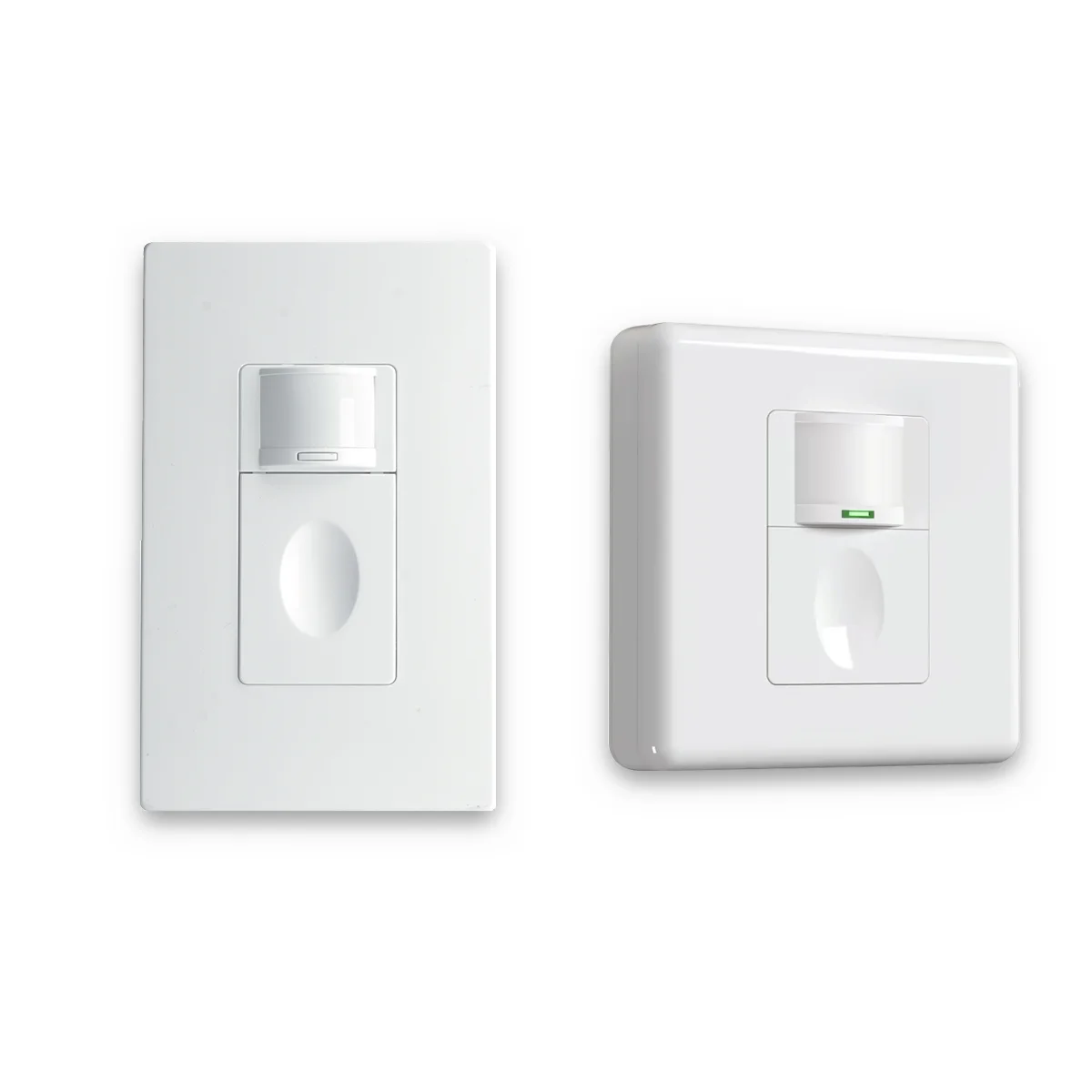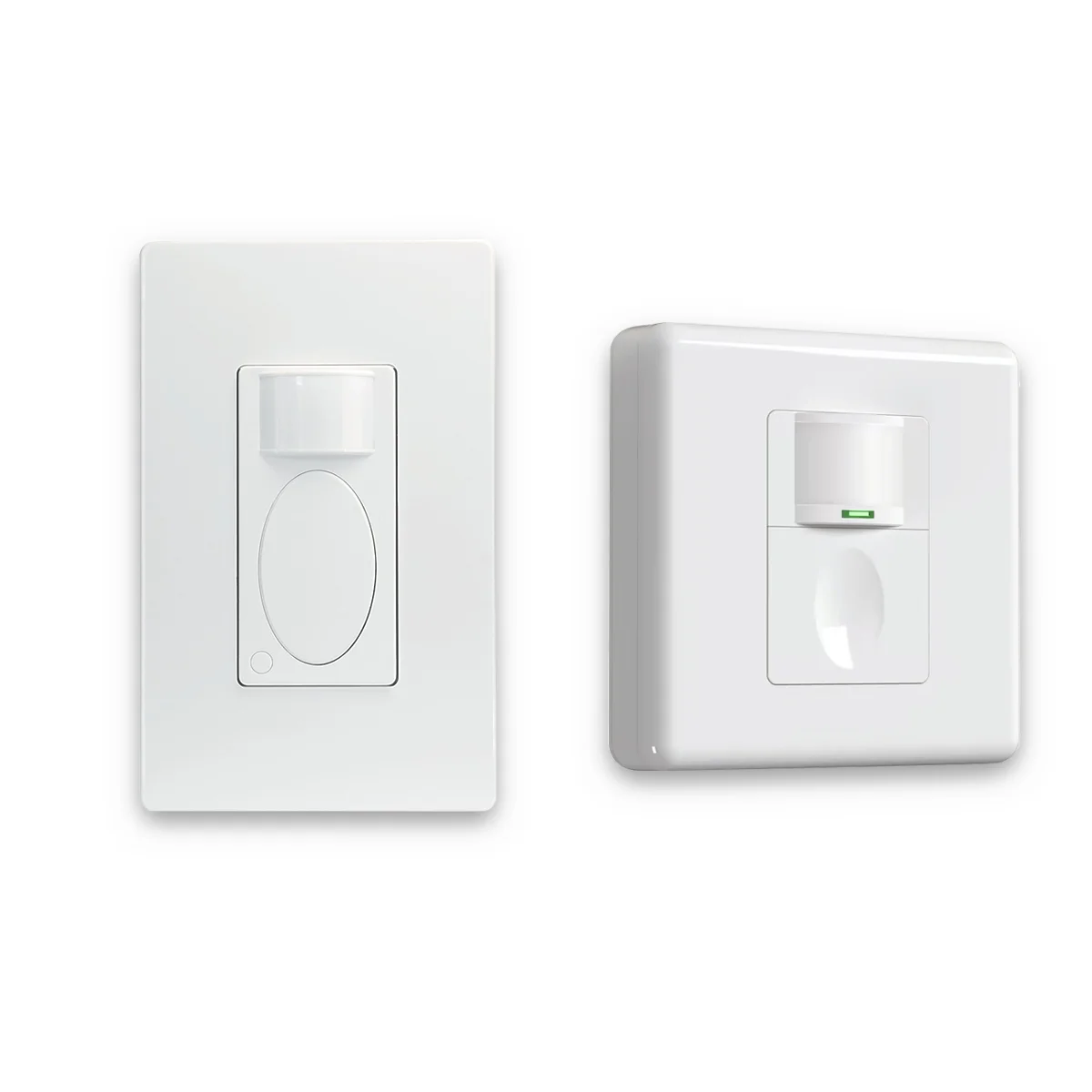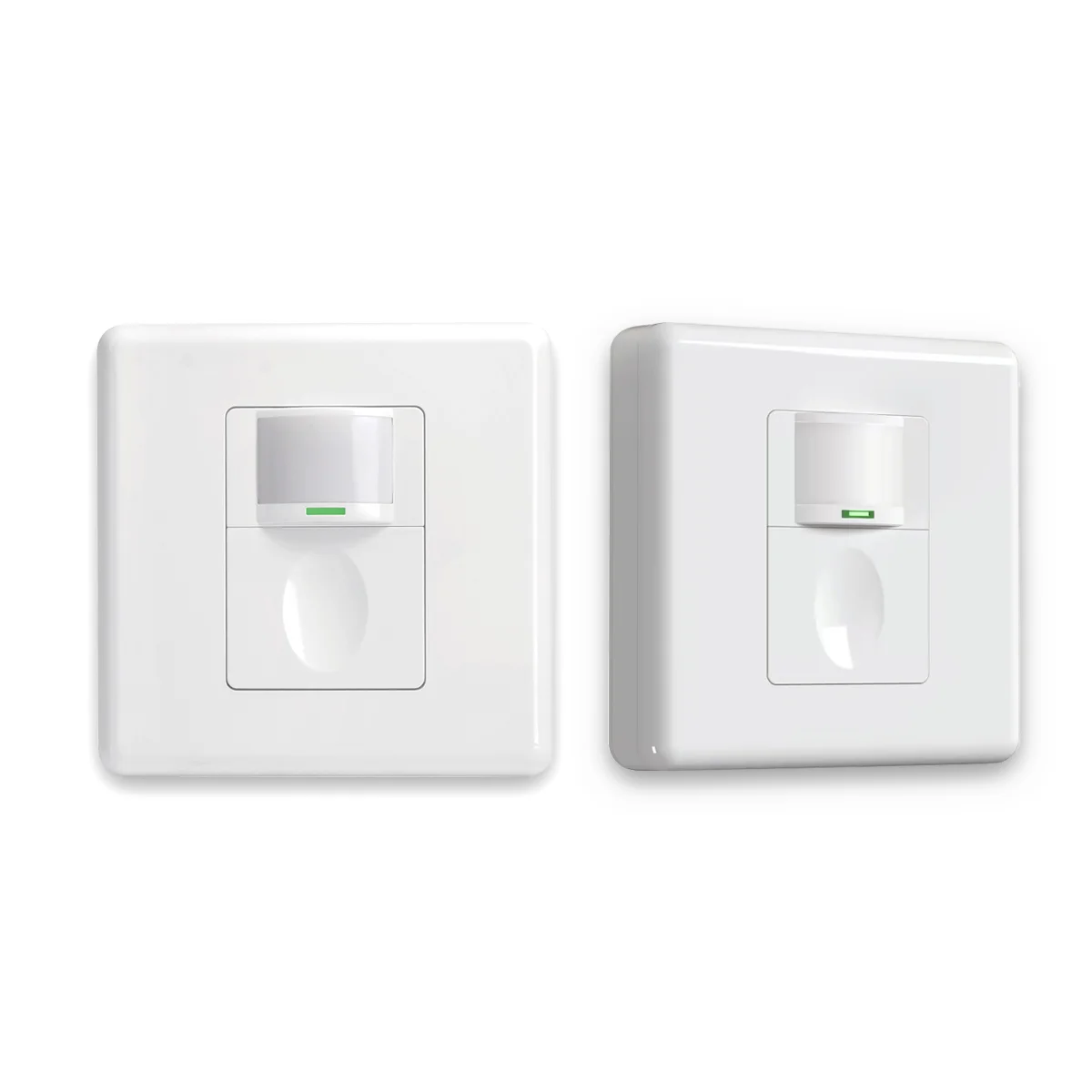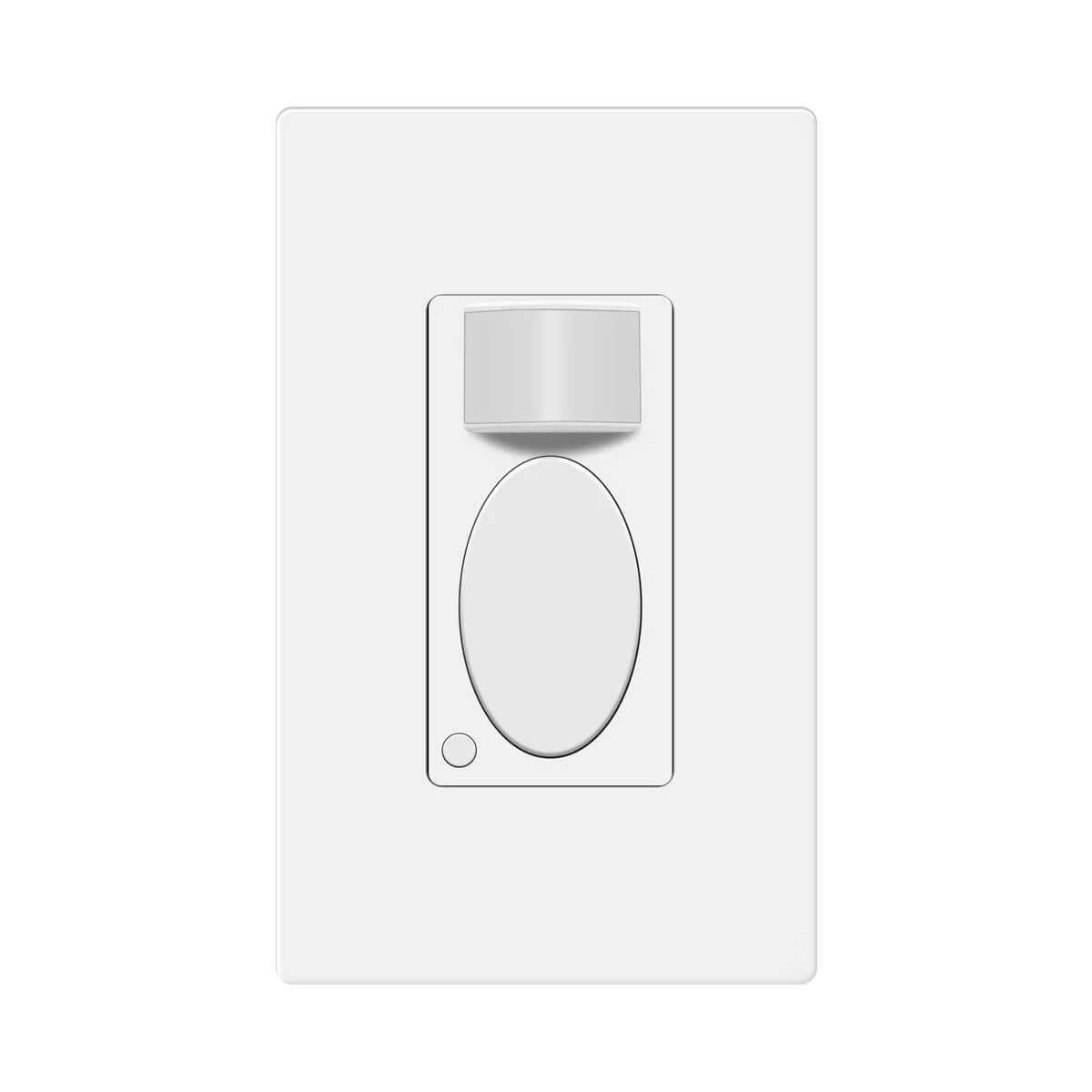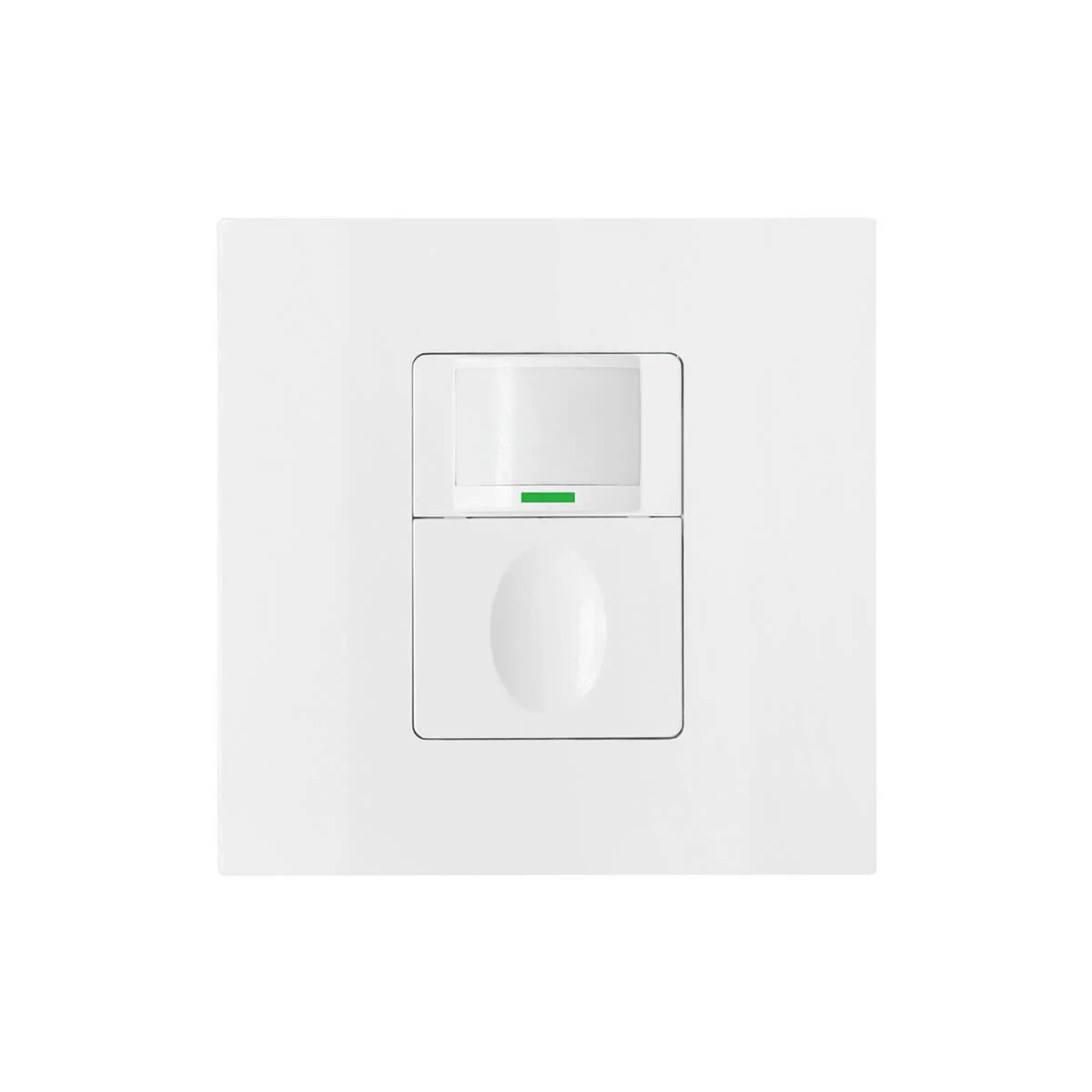What is Luminance Ratio
The luminance ratio is the ratio of average luminance to window luminance. It serves as an indicator of the brightness contrast between a daylight source and the entire zorné pole. This ratio is used as a variable in models that analyze and compare the performance of lighting systems, taking into account factors such as vertical illuminance, shade position, and luminance ratio.
Hledáte řešení úspory energie aktivované pohybem?
Obraťte se na nás pro kompletní PIR senzory pohybu, produkty pro úsporu energie aktivované pohybem, spínače se senzorem pohybu a komerční řešení pro detekci přítomnosti/volnosti.
The luminance ratio is useful in assessing the optical performance and quality of lighting systems and electronic devices, particularly displays. It is utilized as a parameter in testing for luminance ratio, color, and uniformity. By evaluating the luminance ratio, one can determine the legibility and visual comfort of a display, considering the brightness of ambient light in relation to the screen brightness.
Furthermore, the luminance ratio is essential in understanding perceived contrast and visual comfort. For example, when dealing with light-on-dark symbology, the luminance ratio between the background and the most luminous pixels constituting the symbol influences the perceived contrast. Guidelines recommend specific luminance ratios between objects and their backgrounds based on the desired degree of conspicuity or saliency, highlighting the role of the luminance ratio in enhancing visibility and visual comfort.
Možná máte zájem o
Additionally, the luminance ratio is also a factor in evaluating nonuniformity and interior lighting metrics. The Illuminating Engineering Society of North America (IESNA) has established guidelines that define acceptable levels of nonuniformity using luminance ratios between surfaces in the field of view. Accurate depiction of window luminance distributions and interior luminance ratios are crucial for assessing visual comfort and performance metrics using techniques such as Image-Based Lighting (IBL).

